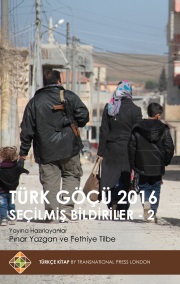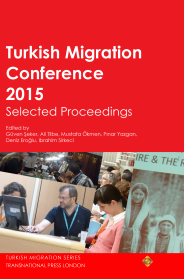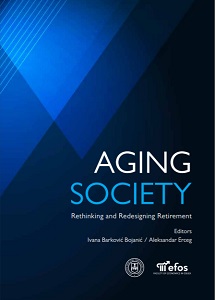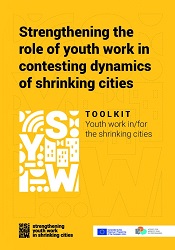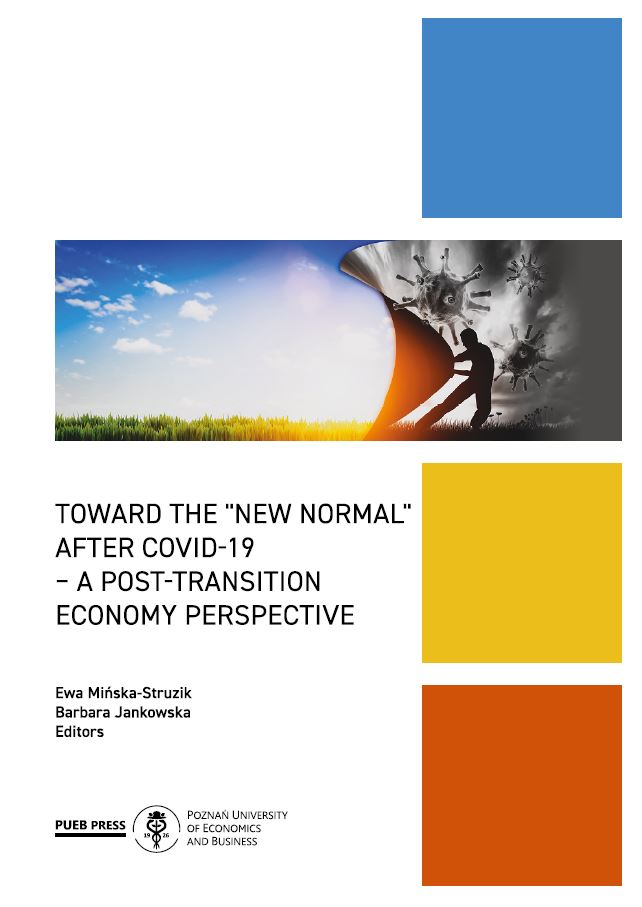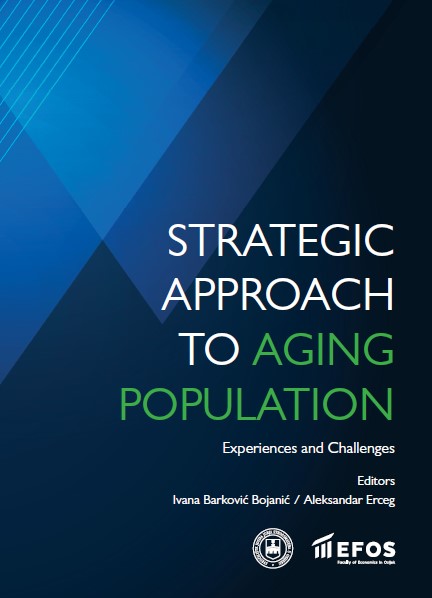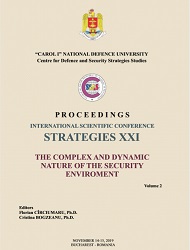
MILITARY-PATRIOTIC YOUTH EDUCATION IN TRANSNISTRIA: TROJAN HORSE, STATE BUILDING OR STATUS QUO?
This article examines the understudied phenomena of military-patriotic youth education in Transnistria. In recent years, particularly following the annexation of Crimea in 2014, there has been an increase in the overall number of activities, as well as a proliferation of ways (‘modes of learning’) the ‘education’ is delivered. The number of youth being educated has also increased, and the ideological tools and concepts have evolved, with greater focus on Transnistria links to the Russki Mir (Russian World), and the identity of Transnistrians as a‘people’ (therefore capable of self-determination). From this we can conclude that funding has also increased and that this is a long-term project, with an expectation there will be a return on investment. As such, military-patriotic education activity provides a useful indirect proxy indicator of future scenarios for the region, in terms of unification, independence and the status-quo. The conclusions offer recommendations for Moldovan authorities that focus on how to mitigate against the negative aspects of military patriotic youth education in Transnistria.
More...
